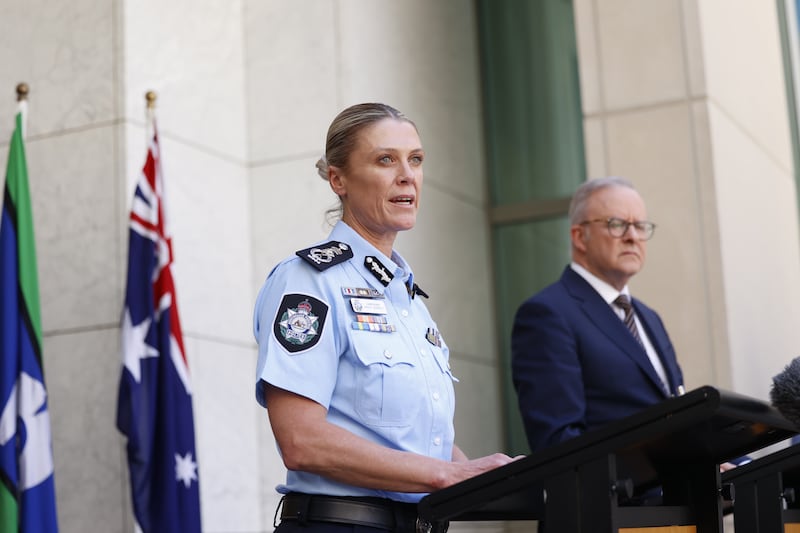Festivals are a collaborative endeavour. They’re helmed by a director, yes, but need a great team, too. The one at Kilkenny Arts Festival has needed to knit tighter than ever these past few months, after Olga Barry, the organisation’s director, suffered a serious illness that put her out of the picture in the run-up to this year’s event, in August.
So at the festival’s compact office, tucked away behind Ormonde Street in the centre of the small medieval city, they’re busy gearing up for a packed 11 days. Around the walls are framed festival posters from the five decades since Kilkenny Arts Week was founded; the line-up for this 50th-anniversary edition is being announced today.
Before her illness Barry had “laid down a really strong foundation” for this year’s programme, according to the festival’s board, and while she’s recuperating “the team, in particular festival producer Marjie Kaley, have built on that, adding even more exciting performances and events. Everyone at the festival looks forward to welcoming back Olga when she is fully recovered.”
The festival ‘was Ramie Leahy’s little seed of an idea’. Asked if he was surprised the festival had made 50 years, ‘He said, no, it was built to last’
The team here in the office, a mix of full- and part-timers, consists of Kaley, marketing and development manager Pat Carey, festival administrator Valerie Ryan, box-office and friends manager Céline Reilly and production manager Aidan Wallace. They’re a lively bunch, full of confidence and enthusiasm about a year that’s exceptional in ways they hadn’t conceived. Carey describes it as “a well-oiled machine. It just had to find a couple of extra gears this year.”
READ MORE
His description sets the tone for the way they’ve dealt with Barry’s temporary absence. “There’s no way that Olga missing wouldn’t be tremendously impactful, both personally and professionally. Olga is a huge presence. There’s the organisational side of things, there’s the creative side, but there’s also the office experience, the dynamic. When you come into the festival office, there’s that shared sense of responsibility ... What she fosters has been a real boon to us in her absence, because it means we all can support each other and know everybody is able to step up in responsibility.”
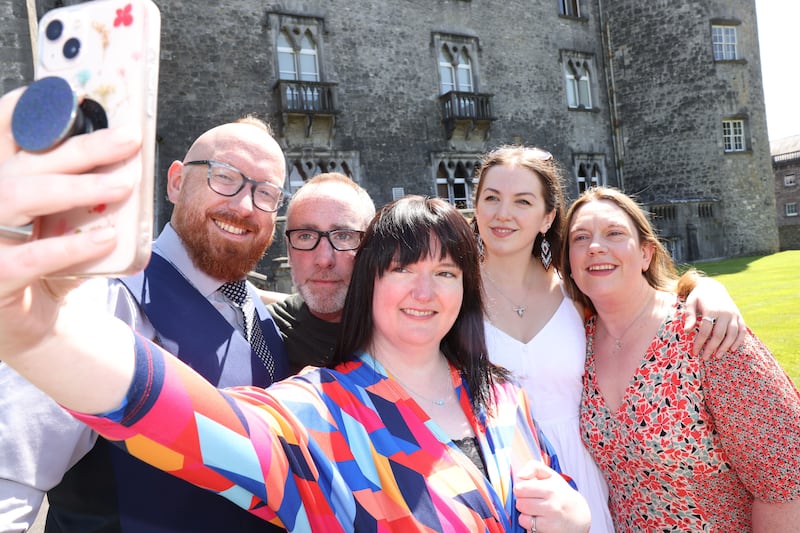
Valerie Ryan says, “Olga is a very dear friend to all of us. It probably took us a little while to balance ourselves, to pull ourselves from the shock of it.” But, as Carey points out, “festival teams are attuned to thinking on their feet when you don’t necessarily have control over every aspect, like unexpected sunshine in an outdoor space” – although Kilkenny has occasionally been rained off, last year, for the first time, it had to cancel some Secret Garden pop-up music because high temperatures affected instruments.
In Barry’s absence the programme reins went to Kaley, as producer. “Olga had so much of it already in place,” she says. “It was more management of what was already there. We added in a couple of new things, but it’s primarily Olga’s programme. I suppose I tied together the little ends that were floating in the wind. We just kind of stepped up, all of us, and made it happen.” She corrects herself: “Are making it happen”.
Kaley “had to broaden our circle of collaboration, to get as many expert opinions as possible” on programme areas. The festival has good relationships with its artists and producers: people were “straight on to us – ‘Right, how can we help you?’ They were knocking on our door.”
The team chat about the festival’s original committee – some of whose members, including Ramie Leahy, George Vaughan, Virginia Begley, Patricia Burke, Jim Furlong, Mary White and Jim King, still take an interest in the festival – and about how they created Ireland’s first multidisciplinary arts festival, in 1974, putting it together on a “total wing and a prayer”. Reilly says the festival “was Ramie’s little seed of an idea”. Ryan met him recently and asked if he was surprised the festival had made 50 years. “He said, no, it was built to last.”
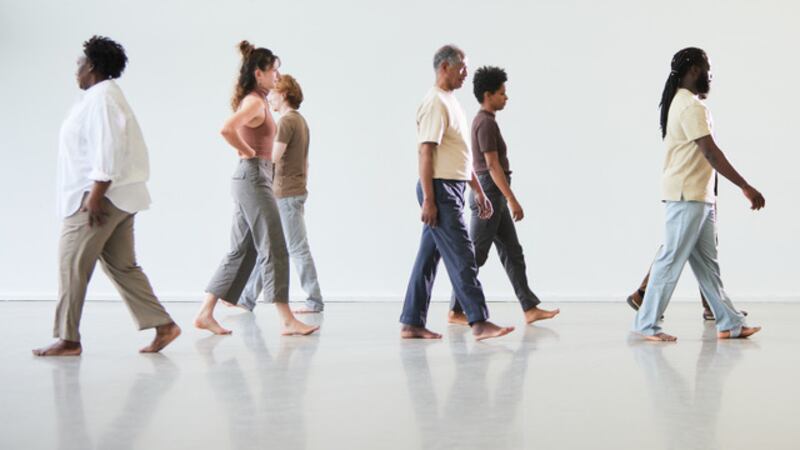
Céline Reilly, who began as marketing intern in 2011, is moving into top gear now to run the box office. She has also been working since December on Migration Sonata, a coproduction with John Scott’s Irish Modern Dance Theatre. In fortnightly workshops with Kilkenny’s migrant community, they’re creating a show that tells their stories through movement and song. “Many hadn’t very good English at first. But when they start dancing with John something happens, and they are moving together and there’s an understanding. I can’t wait to see where that piece goes. It’s participant-led, based on their journey here, through movement. I love it. I get sneak peeks when I video it for John – and, oh my God, they’ve come on so much.”
Aidan Wallace is quiet and able, fielding myriad production challenges. One he’s looking forward to is Light Up the Castle, a light show projected from the Rose Garden on to the walls of Kilkenny Castle. The audiovisual for it is In Good Hands, a hand-made, site-specific film by Jack Phelan, inspired by the late Damien Harrington, an original committee member, who designed the festival logo in 1974. It celebrates work made by hand in the predigital era, especially at Kilkenny Design Workshops.
There’s great anticipation for another piece Wallace is installing in Castle Park, Architects of Air’s Timisien luminarium. The sun shines through this giant inflatable sculpture of chambers and mazelike passages, creating colour, shape and light.
Presenting work in medieval spaces is core to the festival. “There’s something about St Canice’s, about old churches, which Kilkenny is absolutely not short of,” says Carey, “and that makes these events unique experiences. There’s nowhere else has these spaces and is able to put this calibre of artists in them.”
Among musical highlights this year at St Canice’s Cathedral are Oumou Sangaré, from Mali, with an eight-piece band, and the Irish Chamber Orchestra in two concerts: alongside Philip Selway, the Radiohead drummer, and with the violinist Thomas Zehetmair (who is also the orchestra’s principal conductor).
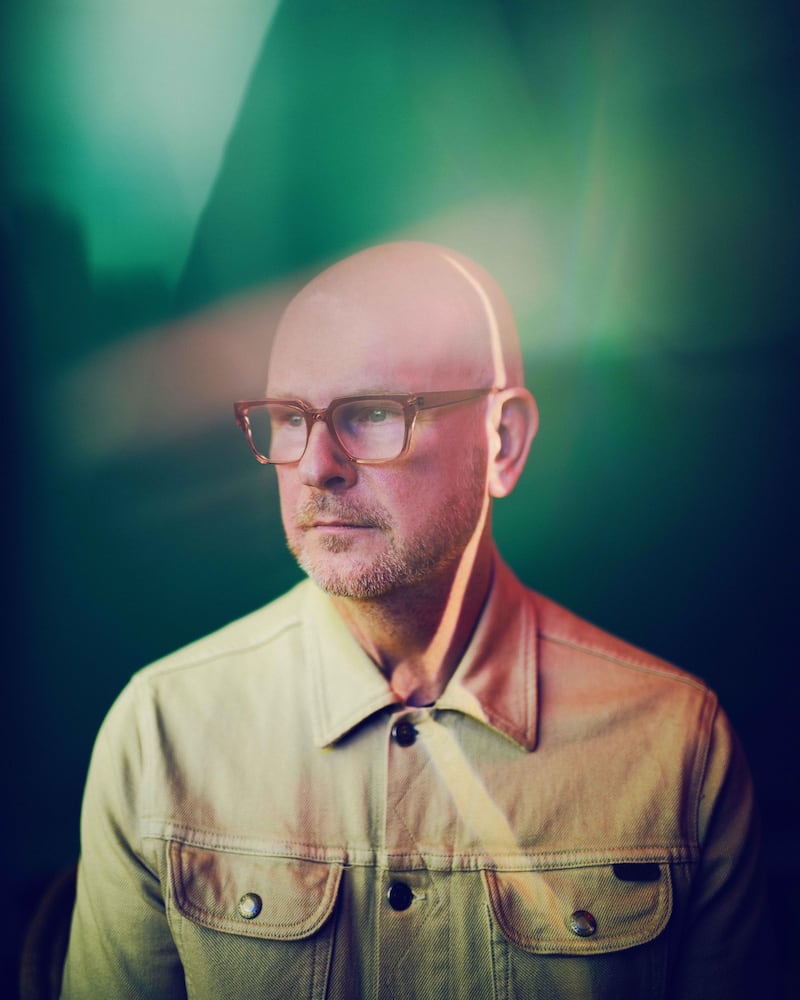
Outside, in the deanery garden, “we’ve done something mad”, says Kaley – “putting a stretch tent and a baby grand piano into it”, where the festival’s artists-in-residence, Crash Ensemble, will perform Andrew Hamilton’s Friendly Piece. Crash are also in a double bill at the Watergate Theatre, performing Chimp alongside the composer, vocalist and violinist Diamanda La Berge Dramm, and a Crash quartet plays with the American singer-songwriter and multi-instrumentalist Sam Amidon. Later a Crash quintet performs with the Japanese folk singer Ichiko Aoba. And the ensemble’s artistic director, the cellist Kate Ellis, features in Martin Hayes’s great line-up of Marble City Sessions, which also features Iarla Ó Lionáird, Cormac McCarthy and Matthew Berrill in a new collaboration.
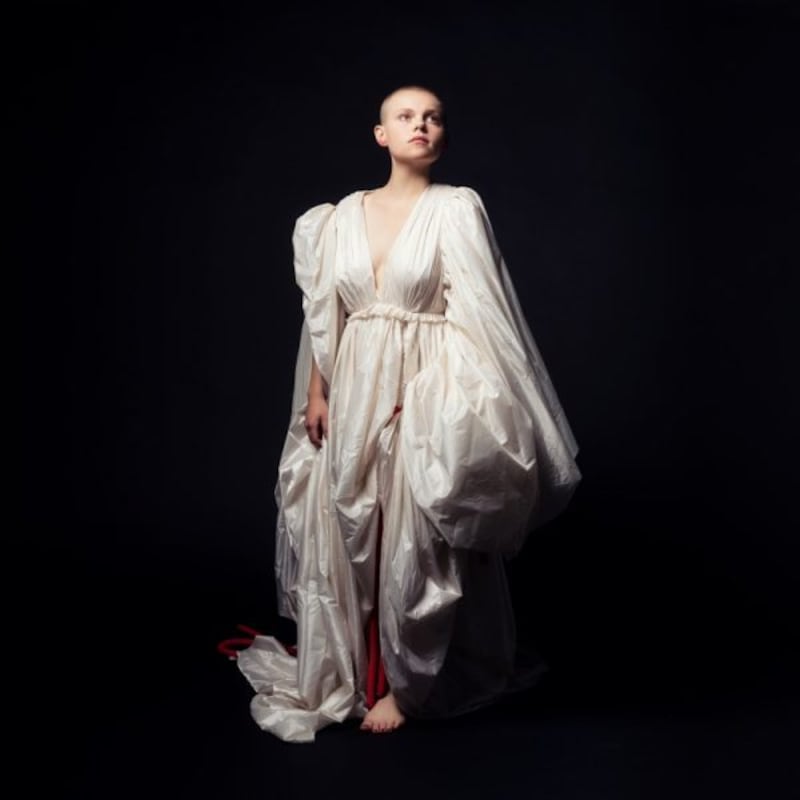
Seamus Heaney was part of the first festival. To mark the 10th anniversary of his death, in August 2013, Olivia O’Leary will host three readings from his celebrated translations, with the poets Vona Groarke, Mary Clayton and Peter Fallon.
The theatre headliners this year are very Kilkenny. The Local, by Medb Lambert, Clare Monnelly and Emma O’Grady, is a festival coproduction with Asylum Productions, whose Big Chapel X took over the nearby town of Callan in 2019. It’s an immersive, site-specific experience of a 1992 world of debs and grads, with a multiplicity of characters and dramas – it features a cast of 22, made up of professionals and locals – unfolding around the audience in the large lounge of Sheridans, a pub on the King’s River in Ennisnag, 10 minutes from Kilkenny city.
Barnstorm’s Bench Tales is “voyeur theatre” says Kaley: three plays where the audience, from hidden spaces, watch the action on benches around the city through binoculars, listening on headphones, as daily life goes on around them.
I think we’re very lucky that we’re all kind of madly in love with each other as well, which has really helped
— Festival producer Marjie Kaley
At the Festival Gallery, Deirdre Frost exhibits paintings made in the context of Covid, Brexit, climate change and waste. At the Butler Gallery, The Art of Sport explores how artists capture sport in their work, in all mediums, including film.
As the team chats about the line-up, and pulling together this year, there are lots of laughs. “I think we’re very lucky that we’re all kind of madly in love with each other as well, which has really helped,” Kaley says. “Because when we’re under pressure, we can go, Ah c’mere, with love.”
As Olga Barry, temporarily absent, observes, “Kilkenny Arts Festival has never been about any one person. Its strength has always been about the artists, the city, the collaborations, the community, our partners and memorable experiences. I’m extremely proud of the team and know they will deliver a thrilling festival this summer. I am very grateful for their support as well as their professionalism. As it enters its 50th-anniversary year, Kilkenny enjoys being in the safest of hands in that team and its board, to continue to bring audiences, citizens and artists together in the Marble City in August.”
Kilkenny Arts Festival runs from Thursday, August 10th, until Sunday, August 20th














